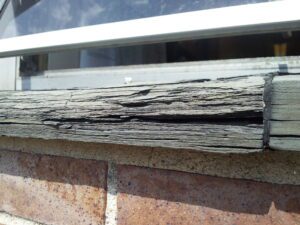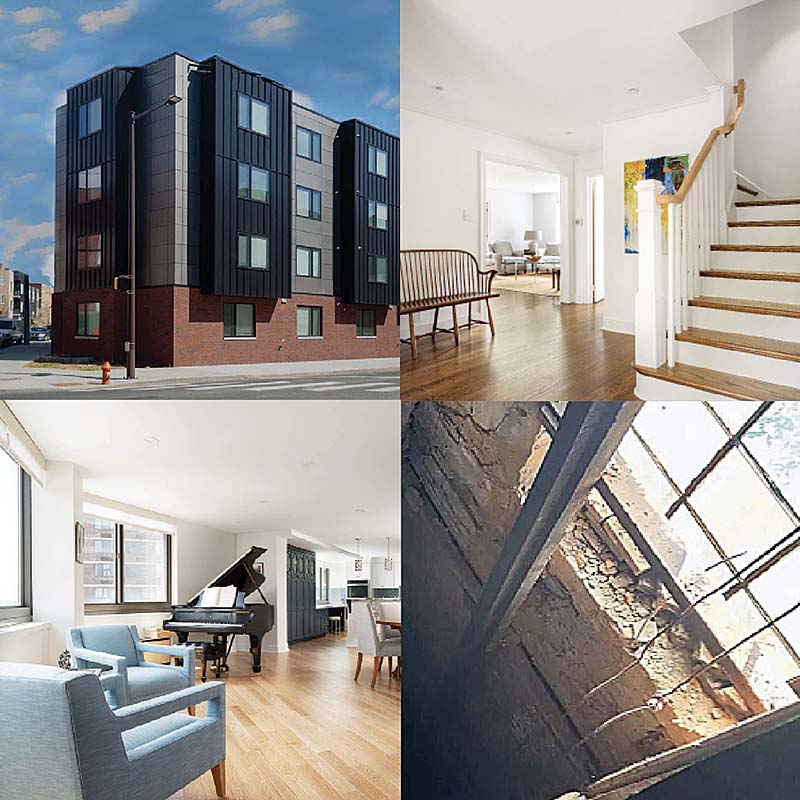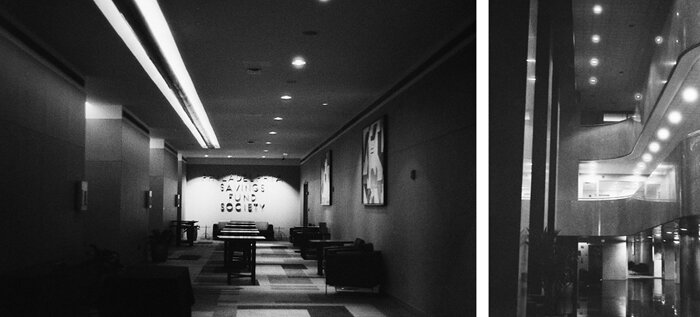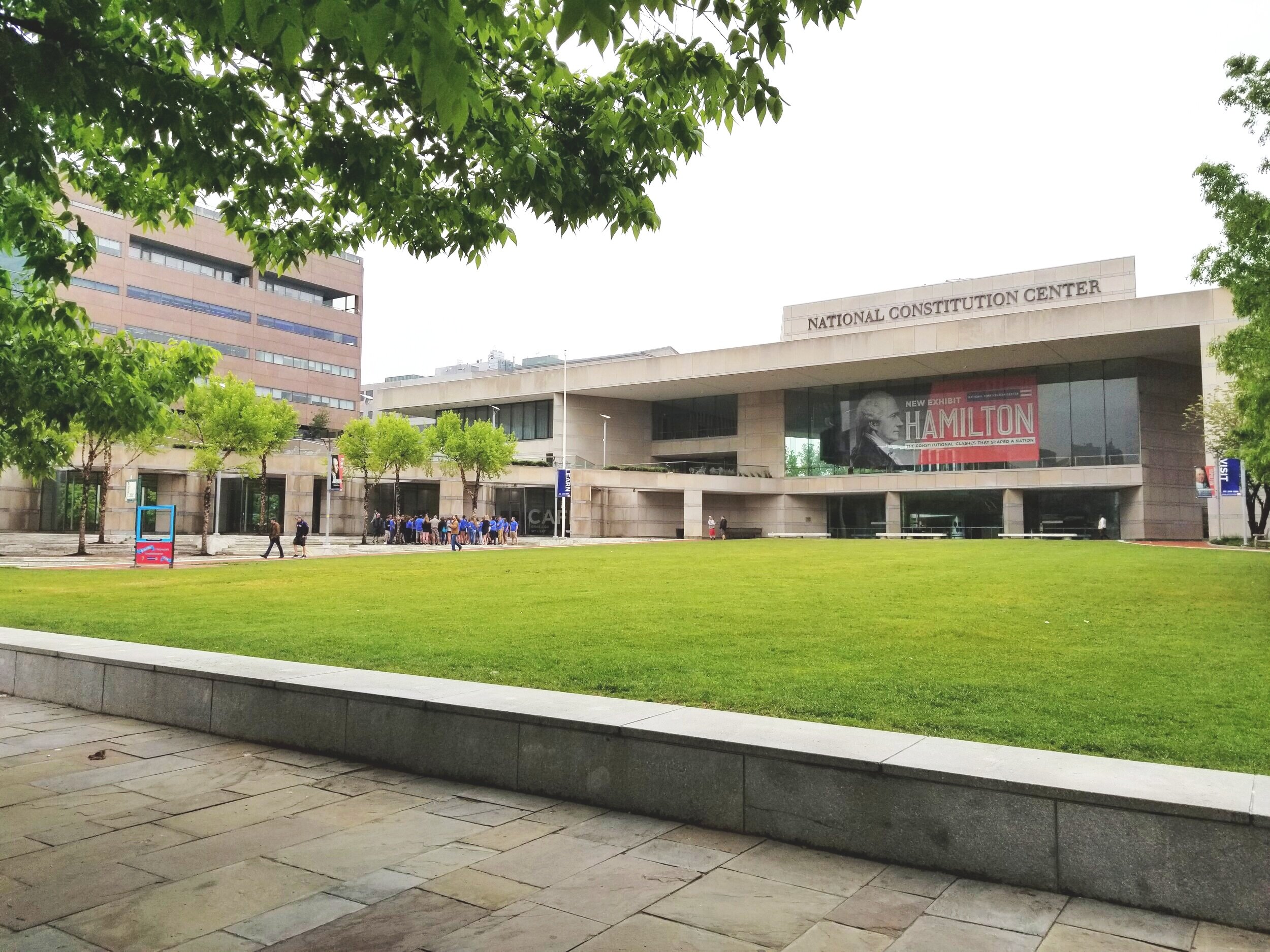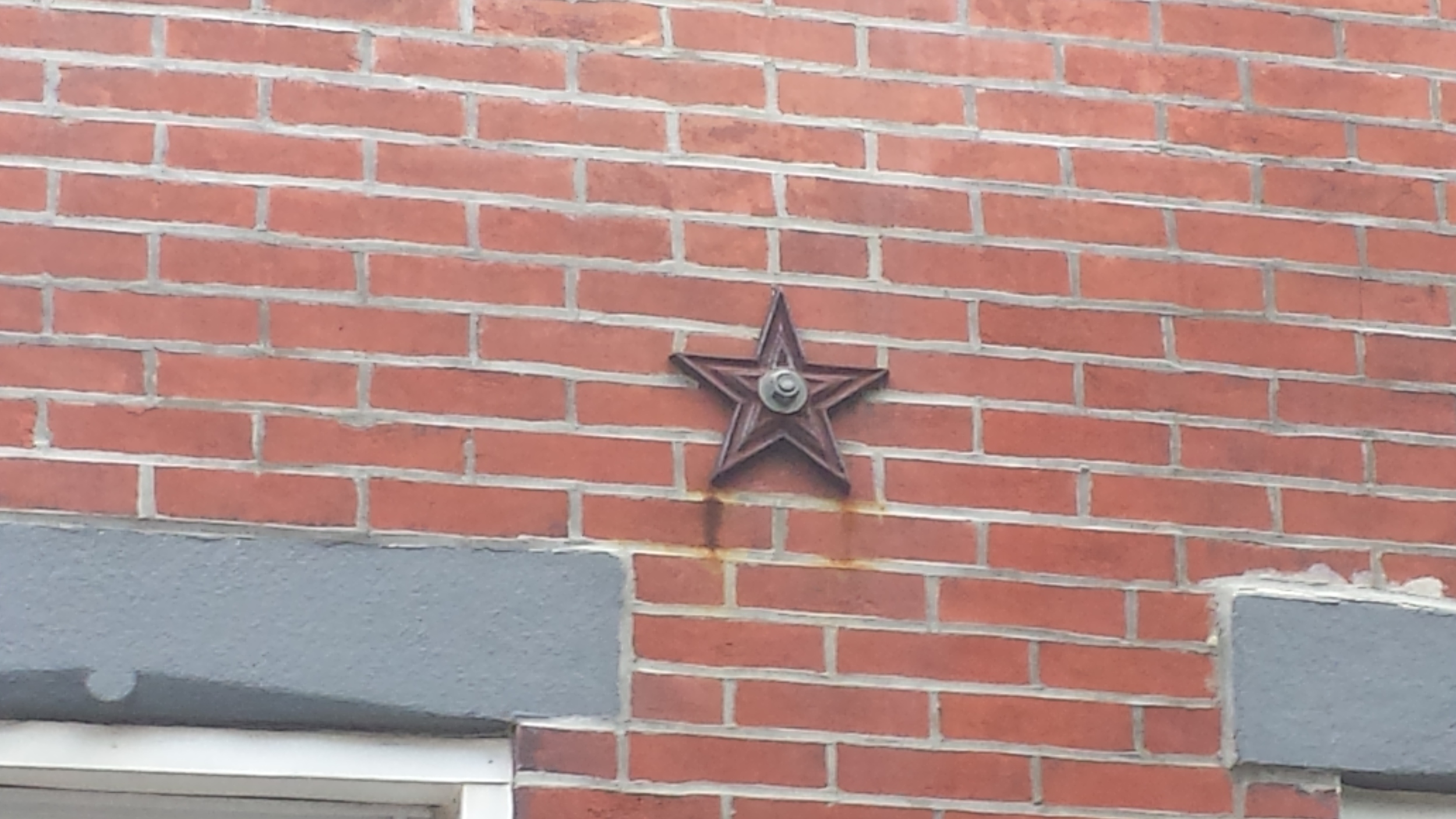
What are those metal stars on the front of some houses? Well, they’re called star bolts, and they’re much more than just decoration. While they wouldn’t have helped in the recent tragic building collapse in Philadelphia, they might just keep your home safe and in one piece. To understand their purpose, we need to first talk about how a traditional row house is built.
Row houses are separated by long brick walls called party walls (brown, below). The party walls provide a fire separation between the houses, and they also support the floors and roof. The floor and roof joists (yellow for floor, blue for roof) span between the party walls and, in older homes, actually go into pockets in the brick.
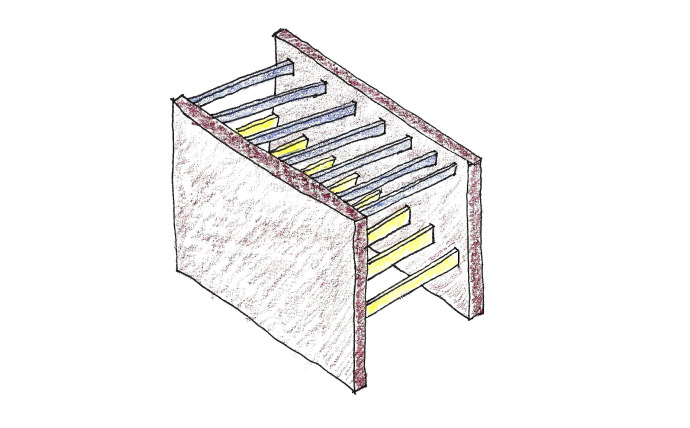
The front and back walls of the house do not hold up the floors or roof. In fact, they are only connected to the rest of the house at their edges, where they attach to the party walls. Their job is to keep the building from falling over sideways. Think of a cardboard box, open at both ends. It wants to collapse flat onto the floor, right? Same with a house. The front and back walls are like the ends of a closed box, keeping it square and upright.
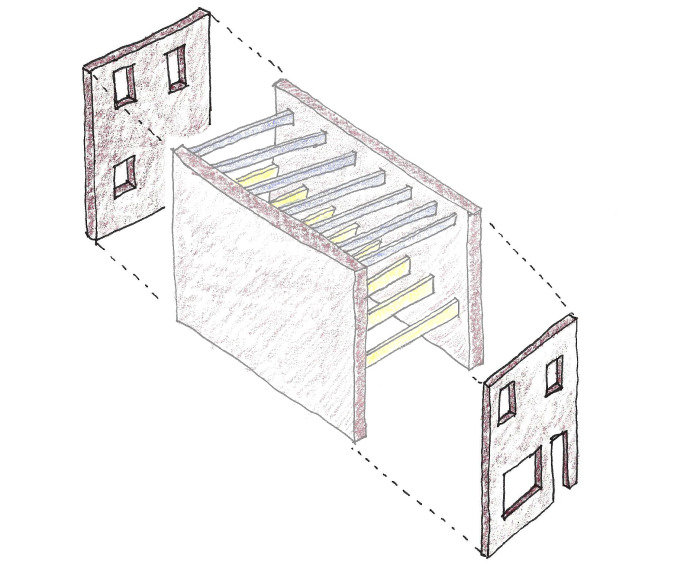
The problem is that sometimes these end walls can start to bulge outwards, since they’re only connected to the rest of the house at their edges. This can happen for a number of reasons. One is that the foundation may have shifted over time. Another is that the wall may not have been built perfectly vertically, and over time that error magnifies as gravity does its work. The last reason is that old mortar is subject to deterioration, and may have crumbled out of the joints. In any case, a bulging wall is a problem, because it is in danger of collapsing. In the photo below, you can see the gap that’s forming between the party wall (painted green) and the front wall of the house.
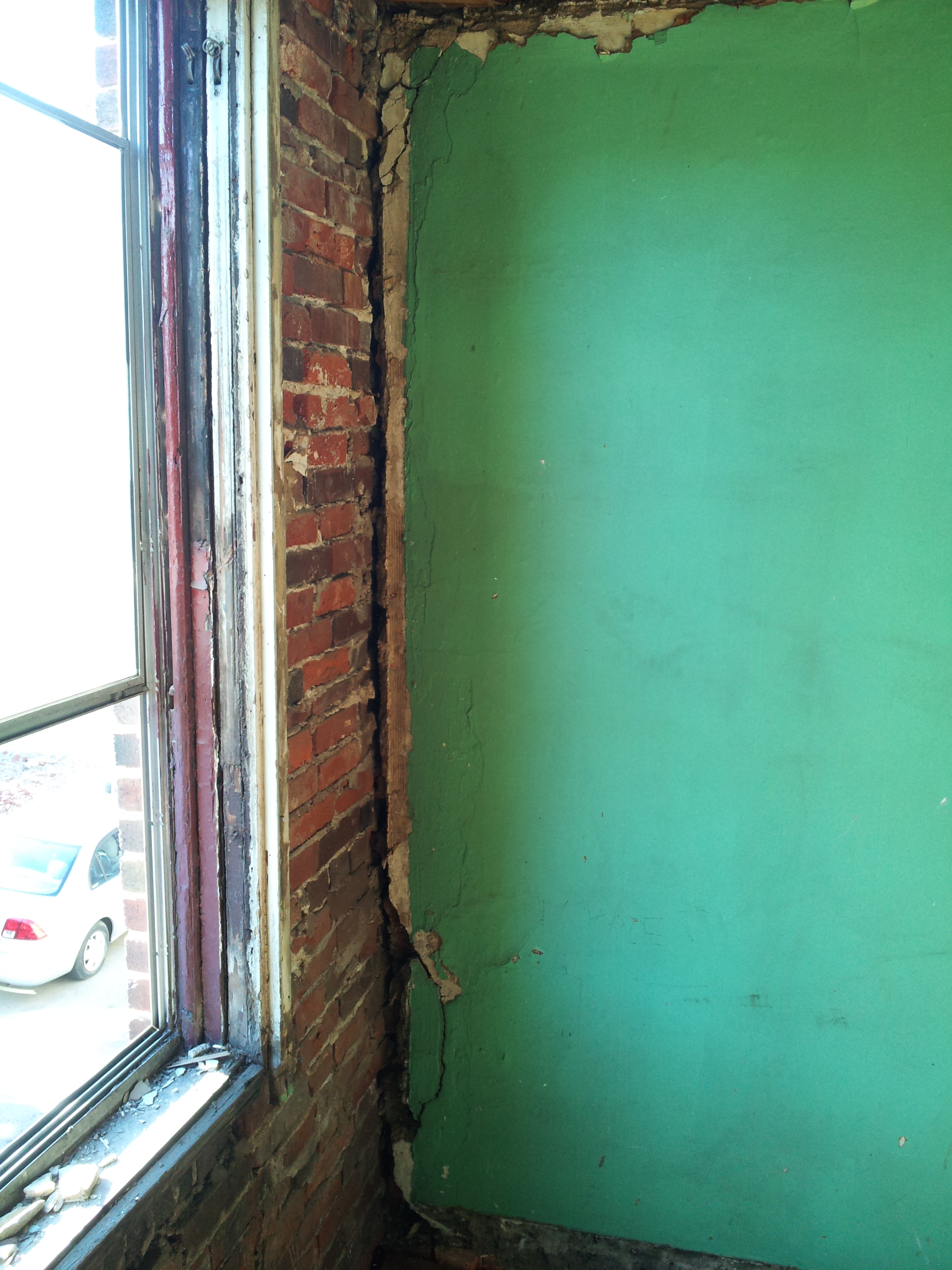
Now we’re back to star bolts. Star bolts help to tie the wall back to the building. If you notice, the bolts always appear right where the second (and sometimes third) floor of the house would hit the wall (see next photo). That’s because the bolt is connected to a metal rod that goes through the wall and into the floor joists beyond. Because those joists are securely fastened to the party wall, they serve as an anchor for the front wall to the rest of the building.
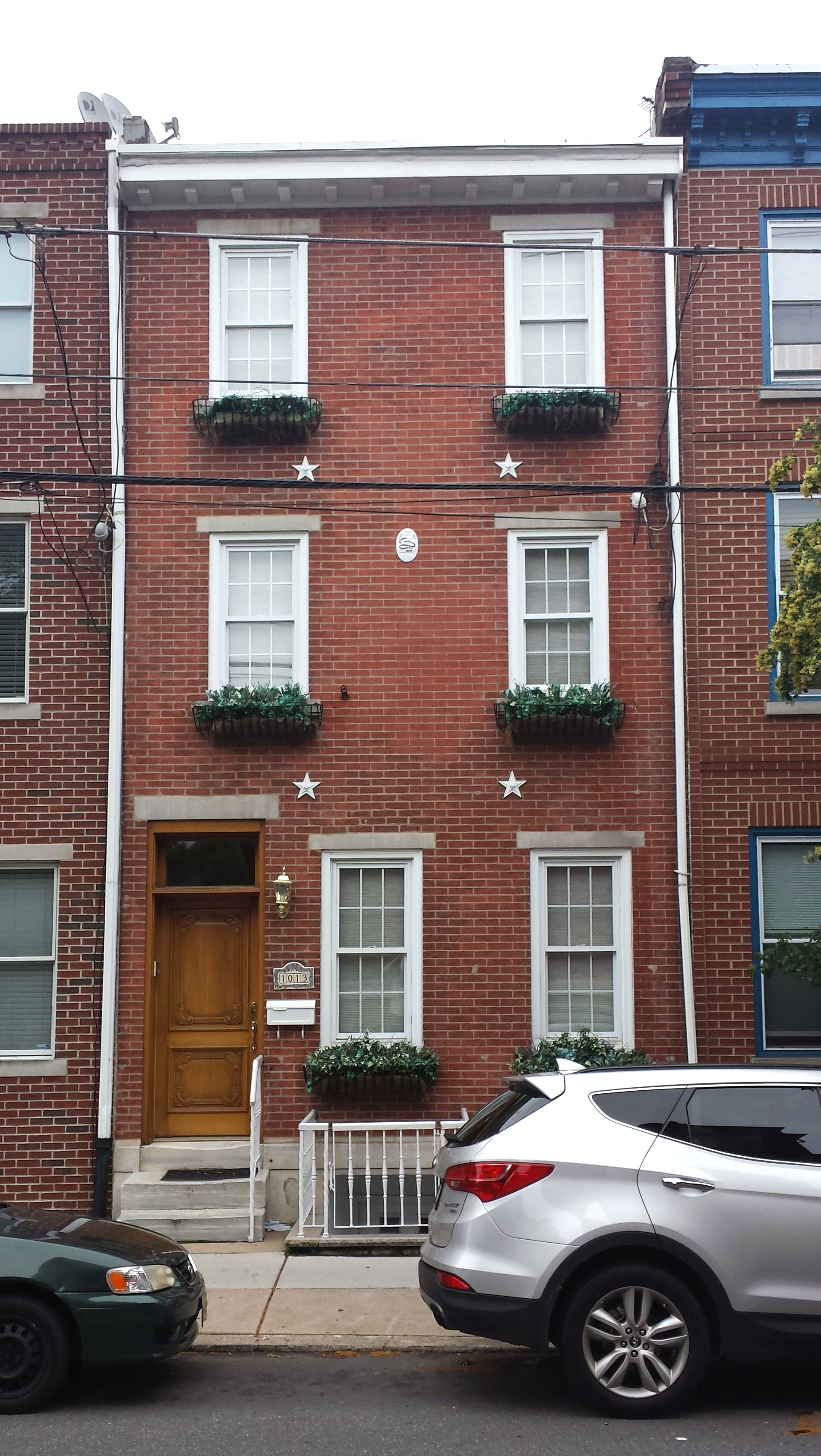
If you have minor bulging, you will likely use the bolts to stop any further movement, and leave the wall where it is. If you have a major bulge, then more work is required to help push the wall back into place. An architect or structural engineer can determine how many bolts you need and how far back into the floor they need to go. Expect the work to make a mess of the ceiling below, since workers will need access to the joist space to drill holes and install the rods.
More examples are below. You can see that “star” bolts aren’t always star-shaped; they come in many decorative shapes, and sometimes they’re even just a flat rectangular metal plate.

Do you have experience with star bolts? Do you have them on your house? Share your story in the comments.

